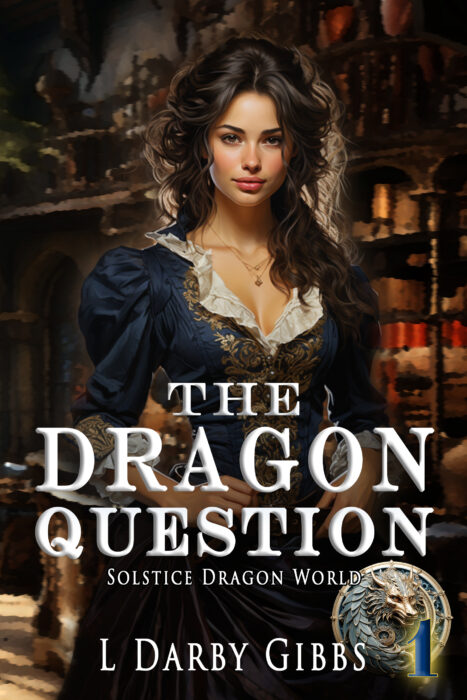
Always looking at a master’s work before tackling your own world building is a good way to not just see the process in action but immerse yourself in it, so when you dive into your own work, the spell has been cast, a sense of the cape of good building has been settled like a lawn about your shoulders. The magic seeps in and passes out through your fingertips. Well, maybe not, but paying attention to when it is done well, can teach you how to do it right.
Jasper Fforde builds worlds with aplomb, as though the place and characters were just out there, and he was writing it out as it lay before him, mesmerizing, real. The first book of Fforde’s that I read was The Eyre Affair. I had just reread Jane Eyre, so I had a fine time revisiting the characters through this new lens. The setting was a familiar place, and the premise was comfortable to swallow.
I followed the Thursday Next series through to the end and went in search of his next work. I settled on Shades of Grey: The Road to High Saffron. This new world was thoroughly out there, fully realized, different from any real or created world of my experience. Fforde integrated everything: politics, social interaction, the scope of visual intake, family structure, love, oddnesss within the very strangeness of the world itself which was more than weird enough, might I say “quirky?” Look at this excerpt.
“You!” I cried. For standing on the doorstep was the quirky rude girl who had threatened to break my jaw back in Vermillion. I felt a curious mix of elation and trepidation, which came out as looking startled. And so was she. A second’s worth of doubt crossed her face, then she relaxed and stared at me impassively.
“You’ve met?” came a stern voice. Standing behind her was a woman who I assumed must be Sally Gamboge, the Yellow prefect. She, like Bunty McMustard at the station, was covered from head to foot in a well-tailored bright synthetic-yellow skirt and jacket. She even had yellow earrings, headband and watch strap. The color was so bright, in fact, that my cortex cross-fired, and her clothes became less of a fierce shade and more the sickly-sweet smell of bananas. But it wasn’t actually a smell; it was only the sense of one.
“Yes,” I said without thinking. “She threatened to break my jaw!”
It was a very serious accusation, and I regretted saying it almost immediately. Russets don’t usually snitch.
“Where was this?” the woman asked.
“Vermillion,” I replied in a quiet voice.”
“Jane?” said Gamboge sternly. “Is this true?”
“No, ma’am,” she replied in an even tone, quite unlike the threatening one I had heard that morning. “I’ve never even see this young man before–or been to Vermillion.”
Everything is suffused with color references, literally soaked (hmmm, unexpected pun; take it as intended. Fforde would appreciate it). I love that Russet’s cortex cross-fired, resulting in the unpleasant smell of overripe bananas. This world of chromatic status and underground color-exposure sneaking renegades rides a tight pencil line.
I cannot imagine the degree of planning and research that went into its creation, but I can appreciate it. The plot, characterization, names, development of relationships, economics, politics, medicine, education system, and so forth, all drove the conflict in a slow buildup that felt by page 105 a normal flow of the world this novel developed from. It was that country next door; you know, that one with odd ideas, but they manage to run the nation that way. Totally believable, quirky and real.
So how did he do it. I am sure he has some system of development. Surely, this did not just fly from the fingertips day after day without the groundwork being laid months in advance. Time. He must have used lots of time and thought on this work. Surely, much was supported by the inspired moment of writing, but planning and development had to come first.
- Who has power and how does it relate to color recognition?
- The list of names for people, places, occupations, conditions, social status, common phrasing must have been a tremendous effort to create. The fashion industry, yearly function of having to come up with unique names for the new year’s favorite colors, has to be envious or else rubbing their hands with relish since they now had a text that would be their quintessential resource for decades to come.
- What is the ultimate degree of a color and what the minimum before stopping at grey?
- The punishment for not following the rules, or breaking tradition or going against social expectation.
- What are the dangers to stepping past your designated chromatic level?
- What type of person would attempt to break the rules?
- How would the hero cope with the conflict against such imbedded protocol?
- What would be the benefit of breaking from the rules of society, the legal system, occupation, family position and structure?
- How does love fit into this? Does it not have a place at all or is it warped?
- What is the underlying logic of the descent of chromatic recognition? Did it have a beginning or is it a steady state now reaching an end to the balance due to some new evolution?
The list of questions goes on and on. But to build a world so different from the one we live in so much must be thought through and committed to paper before the story can begin to tell itself. I read with pleasure, but a part of me spent a lot of time just being awed by Fforde’s creation.
What author’s world has held you captive, impressed and blown over? What important questions must she or he had to have asked before the story could gain traction? What was the underlying difference it fed from?
